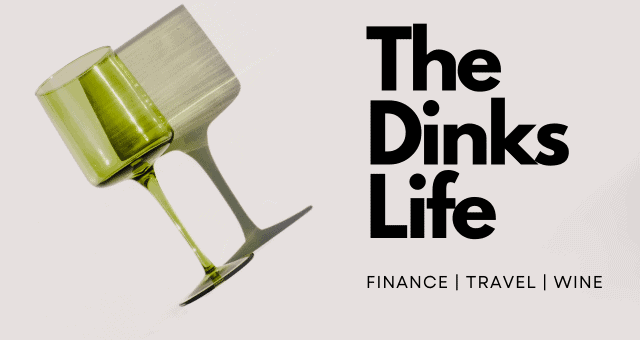Trust us, understanding wine labels isn’t that intimidating if you know the basic structure.
Navigating the intricate world of wine can be fun yet an intimidating journey. One of the first steps is understanding the wine labels – a gateway to the soul of the wine within. Wine labels, much like the chapters of a book, tell a story. From the rolling vineyards of France to the sun-drenched hills of Napa Valley, each label encapsulates a tale of origin, flavor, and craftsmanship.
Contents
The Story Behind Every Bottle
At first glance, a wine label might seem like a cryptic blend of words and symbols. You wonder, there’s probably an unspoken format on how these labels are designed. But in reality, there’s a true format and formula on how these labels should be written. This guide will help decode these labels and make informed choices, whether you’re a novice or a connoisseur.
1. The Winery and Brand Name
The winery or brand name is typically prominent, serving as the signature of the bottle. Renowned wineries like Château Margaux or Robert Mondavi are not just names but symbols of heritage and quality. These names can be a beacon for quality assurance and style consistency. For wine enthusiasts who cherish these details, maintaining a Wine Journal can be a wonderful way to remember your favorite wines and organize the labels of wines you’ve enjoyed.
2. The Region of Origin
Terroir, a French term, plays a crucial role in wine identity. This indicates where the grapes were grown. Regions like Bordeaux, Tuscany, and Sonoma County are not just geographical indicators but a palette of flavors and traditions. Understanding regions can guide you towards the taste profile you prefer.
3. The Grape Variety
This is the type of grape used to make the wine, such as Cabernet Sauvignon or Chardonnay. Some labels might list the grape variety, while others, especially Old World wines (Europe), may not. It’s essential to familiarize yourself with regional grape varietals for a deeper understanding.
4. Vintage or Non-Vintage
The vintage year on a label reveals the harvest year of the grapes. A non-vintage (NV) wine, often found in sparkling wines like Champagne, is a blend of multiple years. The vintage can give us a better understanding about a specific year’s weather that can affect the overall quality of the wine.
5. Alcohol Content
Indicating the alcohol by volume (ABV), this component can hint at the wine’s body and richness. Higher alcohol usually equates to a fuller-bodied wine.
6. Special Designations
Terms like “Reserva” or “Grand Cru” signal specific quality levels or regional standards. These designations, regulated in many wine-producing countries, can indicate a higher quality or unique production methods.
7. Tasting Notes and Winemaker’s Philosophy
Some wineries include tasting notes or a brief insight into their winemaking philosophy. This can be a glimpse into the flavor profile and the care taken in crafting the wine.
8. Sulphite and Allergen Information
You may need to pay attention to this for those who have sensitivities. Wine labels often indicate the presence of sulphites or other potential allergens.
Wine labels are a tapestry of information, weaving stories of origin, craft, and flavor. As Jancis Robinson, a leading wine expert, aptly puts it, “Understanding a wine label is your first step in determining the style and quality of the wine.” By mastering the art of reading wine labels, you unlock the door to a richer wine experience, allowing you to traverse the global vineyards from the comfort of your glass.
Remember, the journey through the world of wine is an ever-learning experience. Each bottle you uncork is a new chapter, a new adventure. Next time you pick up a bottle, take the time to read the label and enjoy!
Simialr posts: 5 Steps to Creating Your Essential Home Wine Bar
